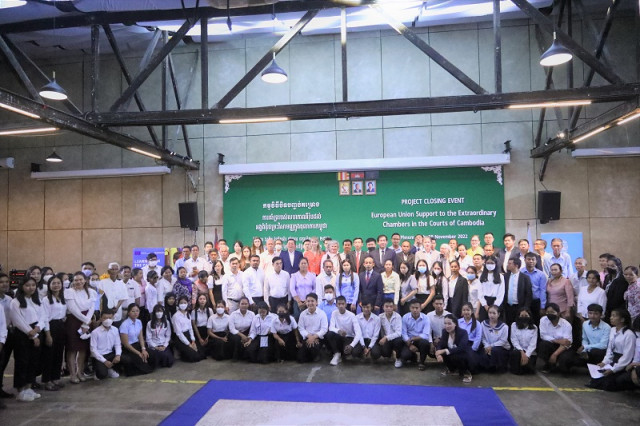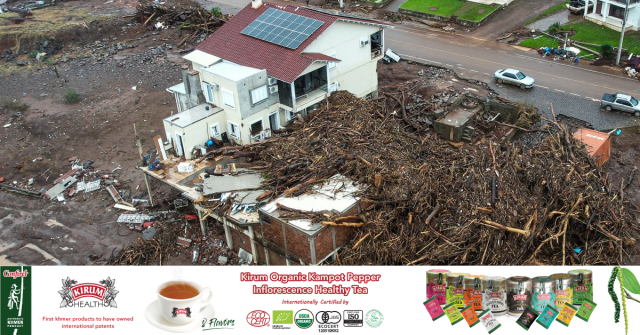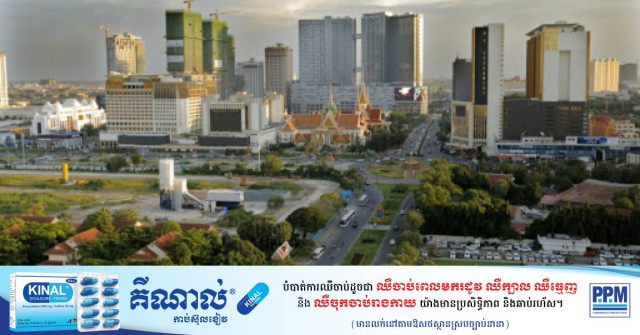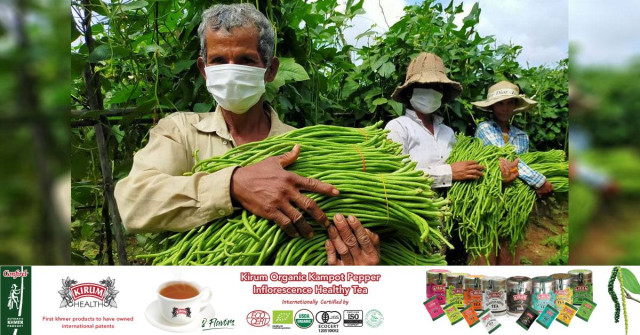Price Cuts Take Shine Off Bumper Salt Yields
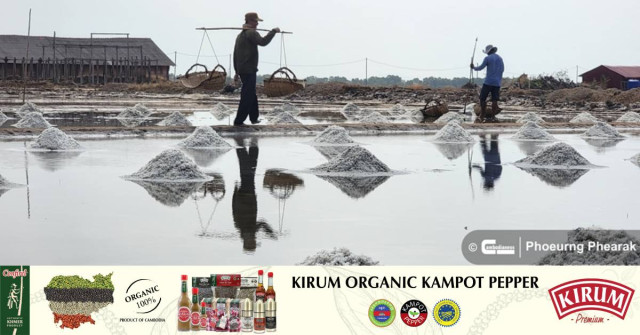
- By Chhum Chantha
- May 1, 2024 6:10 PM
PHNOM PENH – Salt production has increased significantly as the hot weather provides favorable conditions but producers are facing low demand and competition from imports.
The dry season yield in Kampot province, Cambodia’s top producer, has increased by more than half compared to 2023.
Sot Chheara, owner of a salt field in Troeuy Koh village, said that this year’s production was easier than last year due to the hot weather and lack of rain.
In the past four months, he has been able to harvest 70 tonnes per hectare, 40 tonnes more than in the same period in 2023.
Despite the high yields, Chheara is not happy because prices are falling sharply.
He said salt can now be sold for between 9,000 and 13,000 riel per 50kg bag, depending on the type of salt. Last year the prices were 12,000-19,000 riel.
“Last year, it rained a lot, so we could not make much salt, but this year the hot weather enabled quick salt production. I guess this year the increase could be 60 percent,” he said.
“In terms of price, this year is cheaper than last year.”
He attributed the drop in prices to the import of large quantities of salt which oversupply the market. He still makes income, just not much money.
"The drop in salt prices, firstly from imports and secondly, combined with increased yields, is a bit difficult for us,” he said.
“I think the price is still acceptable, which allows us to continue.”
Sok Sophea, a representative of Enterprise, which distributes salt locally and exports it, said that the domestic and global markets seem to be calm. She said that mart, supermarket, provincial customers and foreign buyers have gradually reduced orders.
Enterprise exports salt to the United States, Japan, Czech Republic and supplies to markets in Cambodia.
The decline, Sophea said, was due to salt imports from abroad as the global economic crisis prompted people to try to cut back on spending.
“Today, orders from customers are declining almost everywhere. In the past, the Czech Republic used to order four or five times a year, but there’s no order this year," she said.
She said that in Phnom Penh, the enterprise used to receive orders often, but now Sophea don't see orders even once a month.
“These factors, I say, are due to too many imports, and another reason is because people are now facing an economic crisis, so they cut spending,” she said.
Cambodia has nearly 4,000 hectares of salt fields, of which Kampot has 3,489 hectares and Kep has 497 hectares, with an average production of more than 800,000 tonnes per year.
Originally written in Khmer for ThmeyThmey, this article was translated by Torn Chanritheara for Cambodianess.









